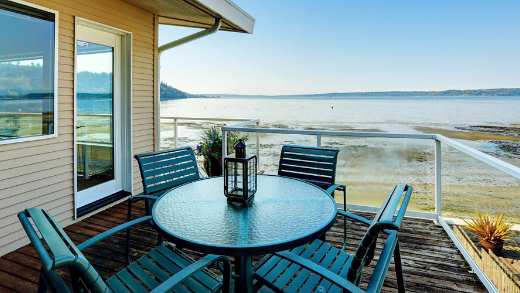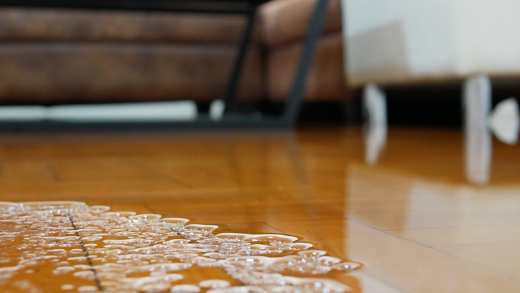Having a burglar alarm fitted in your home is one way to help to protect what matters most to you.



Home insurance
Insuring your holiday homeBe it for business or pleasure, your holiday home may need specialist insurance. Find out how you can rest easy with the right insurance cover.

Home insurance
What’s the difference between buildings and contents insurance?What type of cover should you choose?

First time buyers
Important stages of the house buying processWhen you’re thinking about moving house or buying your first home, there are a lot of decisions to make, from choosing a neighbourhood to the types of insurance that help protect you and your new home.

Home insurance
Your home insurance price explainedThe cost of your home insurance is based on your personal circumstances, such as the likelihood of you claiming. Find out what else impacts your price here.

Protecting your home
Protect your shed from burglarsWhether it’s your shed or garage, here are some ways to help protect your outbuilding from burglars.

Home insurance
Legal Services Cover explainedConfused by legal cover? We've put together a summary of the kinds of cases we can help you deal with as part of our optional legal services cover you can add to your Aviva Signature home insurance.

Home insurance
Home Insurance policy add-onsWhether you want to protect your belongings while you’re away or settle a dispute with noisy neighbours, our home insurance optional add-ons can help.

Home insurance
Escape of water – how to protect your homeWater damage from plumbing, heating systems, or home appliances like washing machines can lead to insurance claims. But what exactly is covered when you file a claim?

Protecting your home
Dealing with frozen and burst pipesBurst pipes cause misery for homeowners. Find out how to prepare your pipes for plunging temperatures and what to do if you’re too late.


